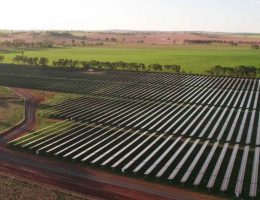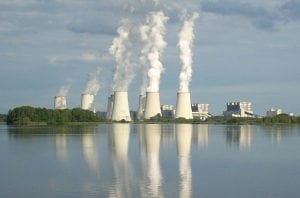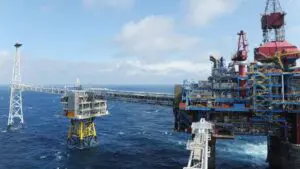The gap between where the world should be on the path to zero-carbon energy and where it currently stands is continuing to widen, the International Renewable Energy Agency (IRENA) has found, making a global ramp-up of renewables deployment increasingly urgent.
IRENA previewed its Energy Transition Outlook 2021 at the Berlin Energy Transition Dialogue on Tuesday, which proposes energy transition solutions necessary for us to achieve the narrow opportunities to contain global temperature increases to 1.5°C and halt irreversible global warming.
According to the Outlook, 90% of all decarbonisation solutions in 2050 must involve renewable energy through direct supply of low-cost power, efficiency, renewable-powered electrification in end-use as well as hydrogen.
Carbon capture and removal technologies, as well as bioenergy, will only serve to deliver the “last mile” of CO2 reductions towards a global net-zero energy system, IRENA said.
“The window of opportunity to achieve the 1.5°C Paris Agreement goal is closing fast,” said Francesco La Camera, Director-General of IRENA.
“The recent trends show that the gap between where we are and where we should be is not decreasing but widening. We are heading in the wrong direction.
“The World Energy Transitions Outlook considers options of the narrow pathway we have to be in line with the 1.5°C goal. We need a drastic acceleration of energy transitions to make a meaningful turnaround. Time will be the most important variable to measure our efforts.”
IRENA’s “1.5°C pathway” predicts a trebling of global power by 2050, 90% of which must be sourced from renewable energy sources, with wind and solar dominating. IRENA expects that last 10% to be sourced from natural gas (6%) and nuclear (4%).
The same “pathway” expects to see a massive decline in the use of fossil fuel, which will fall by more than 75% by 2050, with oil and coal consumption shrinking the fastest. Moreover, IRENA now expects natural gas to peak around 2025.
“While the pathway is daunting, several favourable elements can make it achievable,” La Camera added.
“Major economies accounting for over half of global CO2 emissions are turning carbon neutral. Global capital is moving too. We see financial markets and investors shifting capital into sustainable assets.
“Covid-19 has highlighted the cost of tying economies to fossil fuels and confirmed the resilience of renewable energy. As governments pump huge sums in bailouts and recovery, investment must support energy transition.
“It is time to act and countries can lead the way with policies for a climate-safe, prosperous and just energy system fit for the 21st century.”
Financial markets are adapting to the coming low-carbon future faster than some countries, actively beginning to allocate capital away from fossil fuels and into renewable energy assets.
Shares of fossil fuel-heavy energy sector in the S&P index have fallen from 13% a decade ago to below 3% today, while in contrast, investors are flooding money into renewable energy stocks, with S&P clean energy up by 138% in 2020.
IRENA has specifically highlighted the need for COVID relief stimulus packages to include significant investment for “green” projects, but of the $US4.6 trillion that has been announced to be directed to carbon-relevant sectors such as agriculture, industry, waste, energy, and transport, less than $US1.8 trillion is green.
While a trillion anything is good news in this case, IRENA highlights the contrast for the energy transition, which requires investment to increase by 30% over planned investments to a total of $US131 trillion between now and 2050 – corresponding to an annual average of $US4.4 trillion.
Again, this is a lot of money, but as IRENA continues to explain, the socio-economic benefits “will be massive” and by investing in the energy transition will help to create three times more jobs than fossil fuels, for each million dollars of spending.









